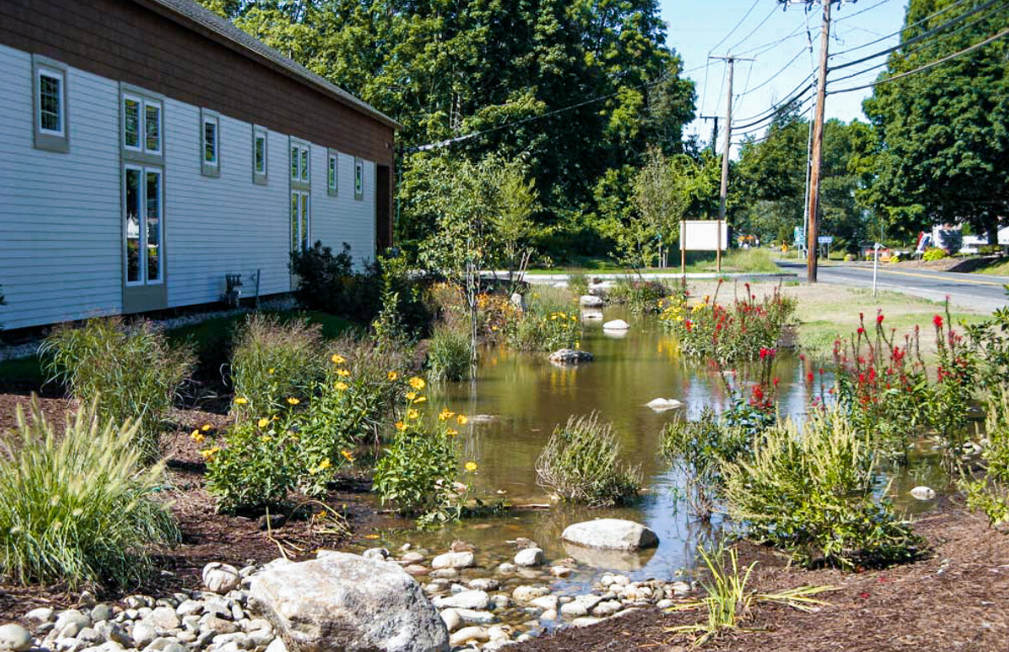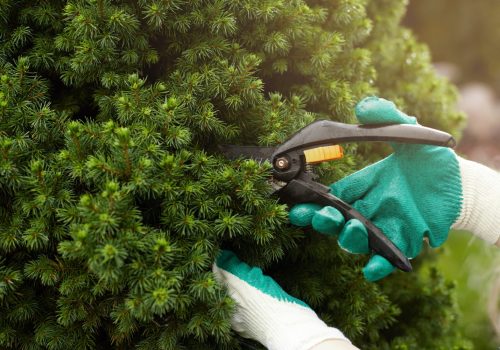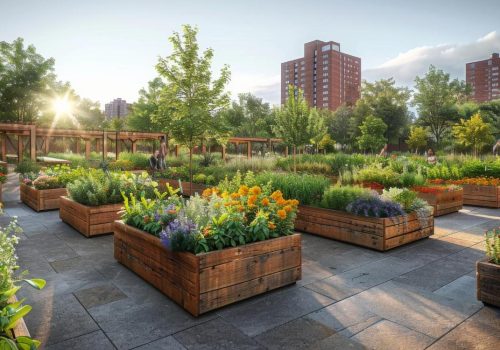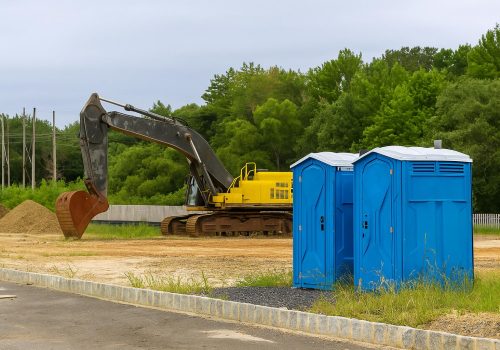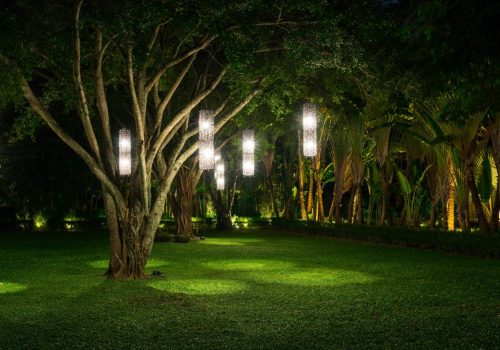Info Useful For Understanding The Bioretention Basin In Brisbane
The concept of Bioretention Basin in Brisbane is to treat stormwater before it enters a storm sewer (stormwater outfall). The term Bioretention basin can refer to one of two different types of treatment facilities. Swale-type treatment plants use detention ponds, which are small depressions in the ground, to treat runoff before it reaches the sewers.
Bioretention basins that use detention ponds, which are smaller versions of swales, as well as filters and biological uptake.
The Bioretention Basin Brisbane is a treatment method for storm water runoff. It uses filtration and biological treatment to treat storm water before it enters the sewer system or another surface water body such as a lake or stream. The Bioretention basin is a type of sediment retention facility that uses vegetation to filter out pollutants in the storm water runoff.
Knowing Bioretention Basin
The vegetation filters out pollutants through its roots, which absorb nutrients and chemicals from the ground. The vegetation also produces oxygen, which helps prevent anaerobic conditions in the soil.
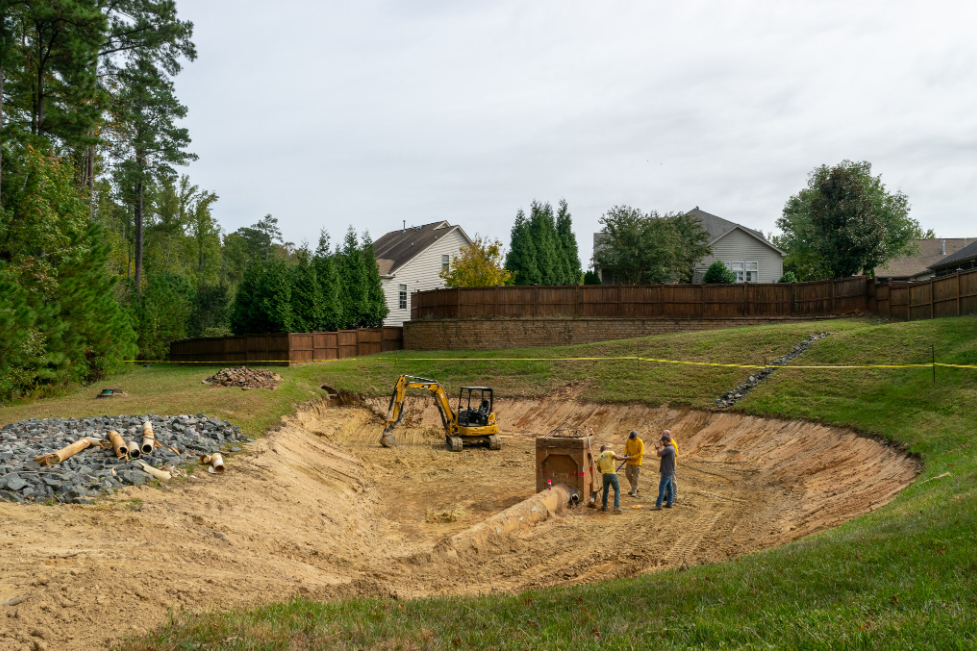
The Bioretention Basin Brisbane can be used in conjunction with other types of green infrastructure such as rain gardens and bioswales. Green infrastructure helps reduce flooding by slowing down the flow of water into urban areas and directing it away from sensitive areas like homes and businesses. In addition, the Bioretention basin may be used as a component of an integrated strategy for the management of storm water that also makes use of rain gardens and bioswales.
The Bioretention Basin Brisbane sits in the bed of the storm sewer, acting as a filter for the wastewater. Its purpose is to treat storm water and runoff from impermeable surfaces such as roadways and parking lots, among other such surfaces. The Bioretention basin allows rainwater to infiltrate into the soil, where it stays for months or years. Water that seeps down into the soil is cleaned of pollutants and excess nutrients by microbes. This filtration process removes chemicals such as oil, grease, detergents, and pesticides from the water before it goes through treatment plants like a treatment lagoon or bioswale.
The planned use of Bioretention basins should be considered carefully due to their high cost compared to other types of detention facilities. They are expensive to build because they require special construction methods in order to treat wastewater effectively.
Bioretention Basin Brisbane is commonly used in urban environments, but it can be used in rural areas as well if there is sufficient topsoil available on site.
For more information visit our website!

